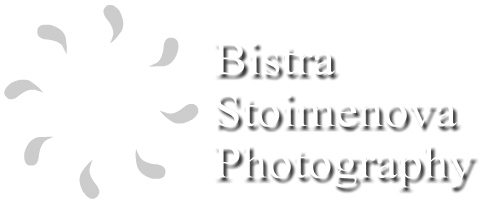 “There are always two people in every picture: the photographer and the viewer.”
“There are always two people in every picture: the photographer and the viewer.”
Ansel Adams
1902 – 1984
When I took this image, the only thing that was going on in my mind as an idea was to capture the candlelight from the insights of the church. The picture was taken at Rila monastery, A UNESCO World Heritage site and the biggest and probably oldest monastery on the Balkan peninsula. The monastery was built somewhere in the 10th century and now it houses the holy relics of its founder - the hermit and healer Saint John of Rila. Taking pictures inside the church (unless you have 101 permits from God knows who) is strictly forbidden so the only thing that was going on on my mind at the moment was to capture the candlelight glowing from the insides of the church and to show the true spirit of a Eastern Orthodox temple.
Later on, when I edited the image and uploaded it on the net, one of my followers saw a face on the stones, at the bottom of the image. I had to look twice for it, but once I saw it, the image looks quite creepy. Here is an enlarged version of the image, just to show how the face (of an old man with a big nose, in my opinion) shows on the image:

It has been there the whole time, watching me as I took the image and then showing up even better during post-production BUT it wasn't me who spotted it, it was another person - the all-mighty and all-seeing viewer.
This leads to the logical question - photography creates worlds, that's for sure, but does it create the world of the photographer (or the artist) or the world of the viewer?
Here are two wonderful examples where photography (and Photoshop) went to the extreme in favour of art and creating a fictional world:
 |
| Just two of the images in Beliy Den's amazing portfolio. |
The first one comes from the website of a Russian photographer and visual artist (as he calls himself) - his pseudonym is Beliy Den. He does put photography to the extreme to create a fictional world that is absolutely spectacular. He transforms what he sees through the lens into something that is not exactly the same, it's set in a different world.
The other (also extreme) example comes from the portfolio of another Slavic artist - the Ukrainian photographer Anya Anti. She decided to create an image that would show the 'butterflies in stomach' concept that went viral:
 |
| That's Anya Anti herself, by the way. This was supposed to be a creative self-portrait. It definitely worked. |
For example, when you do travel photography, like me (at least, I hope to be doing that) - there are things that you simply cannot leave out of the image - like the atmosphere, the people or the amazing scenery. What do people see then?
Here is another example - old but gold

I saw the tree and the rocks, my mother saw a stone face (again, faces everywhere!) looking towards the tree. Because of that association, the image got its name - Stone Face.
Somehow with the other types of photography, things don't go that straightforward - the photographer creates something, which corresponds to what he/she wants to show to the rest of the world BUT the viewer sees something totally different, according to their own perceptions and abilities to analyze the world and photography.
Ansel Adams does have a point up there (I chose the quote for a reason) but I think that two people is not enough - because it gets quite crowded in both the photographer's and the viewer's heads - they carry with them all their concepts, perceptions, and prejudices to help them conceptualize and make sense of the surroundings.
Photography is as much in the lens as it is in the eye of the beholder.
http://beliyden.ru/#prettyPhoto
https://anya-anti.com




No comments:
Post a Comment